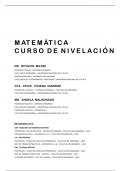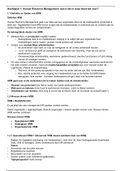Samenvatting
Summary Population - Demographic Transition
- Vak
- Instelling
- Boek
This document includes detailed explanations of the processes of the demographic transition including diagrams and a Case Study. This corresponds to CIE AS level Geography.
[Meer zien]














